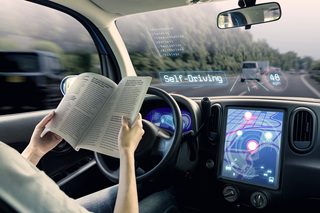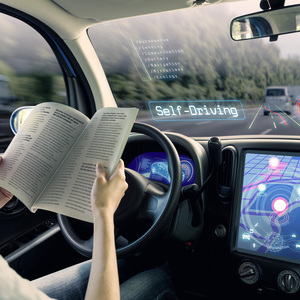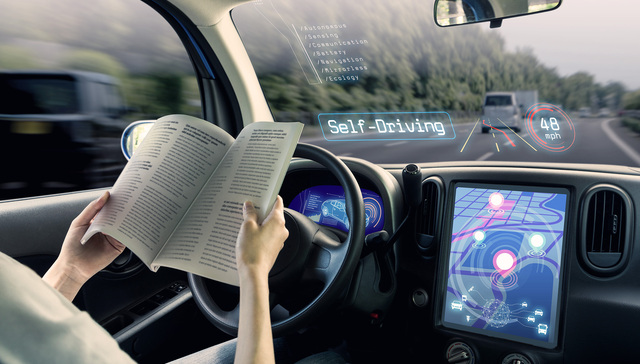By WU Yangyu
In June, Qingtian Truck went into liquidation. The failure of a startup barely 18 months old in a field as fast-growing as autonomous trucks, mirrors the challenges faced by the self-driving industry as a whole.
Inflated valuations have collided with low profits, spelling disaster for small businesses both domestically and internationally. Financing is an increasingly daunting task, and commercialization is a distant cloud on the horizon.
While autonomous driving holds great potential, survival until the harvest is of great importance.
Poor market performance

According to entrepreneur LI Rui, it was Baidu that started the whole thing off in 2013, when Robin Li put together a research team. Apollo was launched in 2017. Most major players in the sector were only founded around that time.
Then, a wave of acquisitions by global conglomerates and the advent of electric vehicles meant securing funds was remarkably easy. Valuations doubled or trebled while the companies did little more than give presentations to investors.
Many financing endeavors were collaborative efforts by multiple institutions. These investors contributed small sums to avoid missing out, but there was not much more rationale behind the moves. Lack of confidence in the technology – technology which in most cases, by necessity, did not exist - curbed larger commitments.
Investors who follow a trend for its own sake instead of truly believing in the product, quickly switch to more trendy topics.
Website Cyber-car reckons that funding dropped to 20 billion yuan (US$2.8 billion) in 2022 from 76 billion yuan in 2021. The trend has persisted until now, basically down to poor market performance, evident in an 80 percent drop in market cap in the sector.
In times of economic uncertainty, investors want quicker returns. Inflated valuations of startups haven't helped.
Long road to scalability
SONG Yu, a venture capitalist, is only interested in early-stage and pre-IPO projects. The former offer high returns, while the latter poses fewer risks.
Hardware companies which provide chips and LiDAR are more popular than software companies that just offer "solutions." Manufacturers are more capable of generating income and winning support from the government than solution providers.
But the high profitability only exists in the early stage, just like any new industry.
One of the biggest headaches that software companies face is the long road to scalability, let alone profitability. Companies focusing on self-driving trucks, though claiming hundreds of orders, found that less than 10 percent were fulfilled.
While vehicles like coaches, sanitation vehicles and tow trucks equipped with self-driving systems are more commercially viable, they generate less income.
Show us the money
Tesla and BYD take up 46 percent of the market, leaving the remaining half for competition. Many start-ups in this area have garnered billion-yuan valuations.
Considering that an autonomous system average costs about 10,000 yuan if 10,000 cars are equipped with the company’s system, revenue is about 100 million yuan, which is far less than its valuation demands. As investors become more prudent, start-ups must address any discrepancy between their valuation and revenue.
While autonomous driving undoubtedly holds a place in the future, its realization may not be immediate. Only those companies that weather the storm can look forward to welcoming the new era's dawn.





